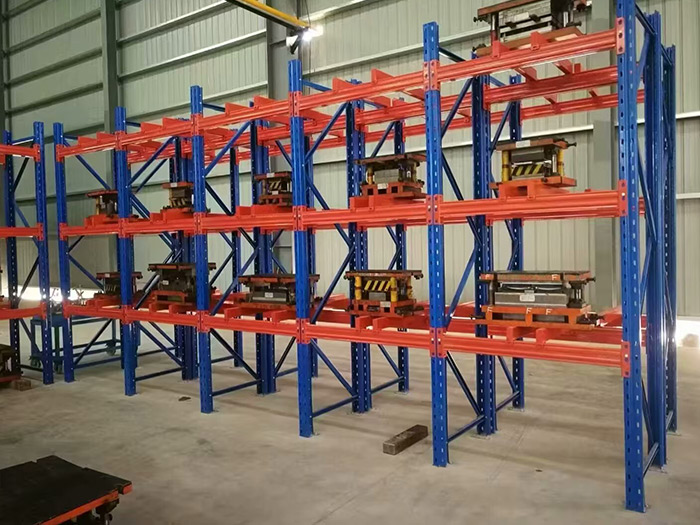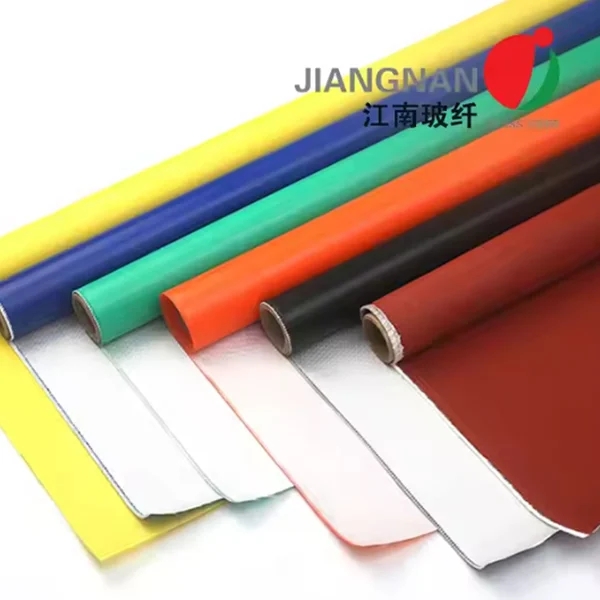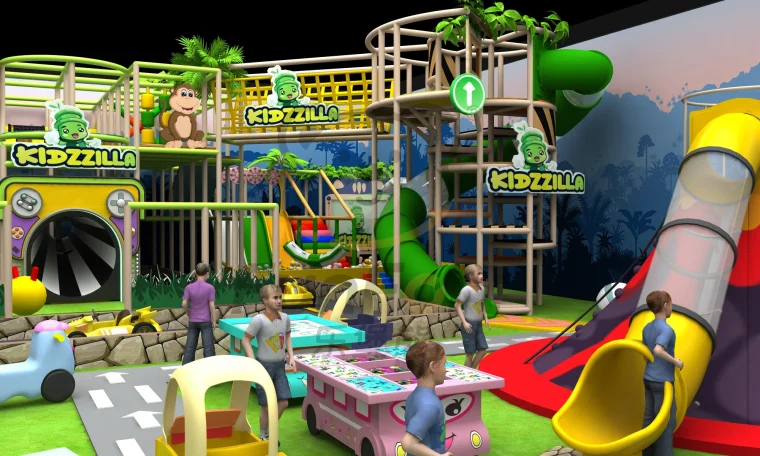When it comes to home design, the front elevation is often the first impression that visitors and passersby will have of your property. It serves not only as a visual representation of your home but also as a reflection of your personal style and taste. Therefore, understanding what constitutes the best front elevation is crucial for homeowners looking to enhance their curb appeal. This article delves into the key elements that contribute to an effective and aesthetically pleasing front elevation, offering practical insights and professional advice.
Understanding Front Elevation
Front elevation refers to the architectural design and visual appearance of the front side of a building. It encompasses various elements such as materials, colors, textures, and architectural styles. A well-designed front elevation can significantly increase the value of your property and create a welcoming atmosphere.
Key Elements of an Effective Front Elevation
- Architectural Style: The architectural style of your home plays a pivotal role in determining the best front elevation. Whether you prefer modern, traditional, or eclectic styles, it’s essential to choose a design that complements the overall structure of your home. For instance, a modern home may benefit from clean lines and minimalistic features, while a traditional home might incorporate ornate details and classic materials.
- Material Selection: The choice of materials can dramatically influence the aesthetic appeal of your front elevation. Common materials include brick, stone, wood, and stucco. Each material has its unique characteristics and can evoke different feelings. For example, brick offers a timeless look and durability, while wood can provide warmth and a natural feel. Consider the climate of your area as well; materials should be chosen not only for their appearance but also for their ability to withstand local weather conditions.
- Color Palette: Color is a powerful tool in design. A well-thought-out color palette can enhance the architectural features of your home and create a cohesive look. Neutral colors tend to be timeless and can be accented with bolder hues for doors, shutters, or trim. When selecting colors, consider the surrounding environment and how your home will fit into the neighborhood.
- Landscaping: The landscaping surrounding your home is an extension of your front elevation. Thoughtful landscaping can enhance the overall appearance and create a harmonious balance. Incorporate elements such as shrubs, flowers, and trees that complement the architectural style of your home. Pathways, lighting, and outdoor furniture can also add to the aesthetic appeal.
- Proportions and Scale: The proportions of various elements in your front elevation are crucial for achieving visual harmony. Ensure that windows, doors, and other architectural features are appropriately scaled to one another. Oversized elements can overwhelm a small home, while tiny features may look out of place on a larger structure.
- Lighting: Proper lighting can transform your front elevation, highlighting its best features and creating an inviting atmosphere. Consider a combination of ambient, task, and accent lighting to achieve a balanced look. Wall sconces, pathway lights, and spotlights can all contribute to a well-lit exterior.
Practical Tips for Designing Your Front Elevation
- Research and Inspiration: Before embarking on your design journey, gather inspiration from various sources such as architectural magazines, websites, and social media platforms like Pinterest and Instagram. Create a mood board to visualize your ideas.
- Consult Professionals: Engaging with architects or designers can provide valuable insights and help you avoid common pitfalls. They can assist in creating a design that is not only aesthetically pleasing but also functional and compliant with local building codes.
- Consider Sustainability: Incorporating sustainable practices into your front elevation design can enhance its appeal. Use eco-friendly materials, energy-efficient windows, and consider landscaping that requires minimal water.
- Plan for Maintenance: Choose materials and designs that are easy to maintain. A beautiful front elevation should not become a burden due to excessive upkeep.
Conclusion
Designing the best front elevation for your home is a multifaceted process that requires careful consideration of various elements. By focusing on architectural style, material selection, color palette, landscaping, proportions, and lighting, you can create an inviting and aesthetically pleasing front elevation that reflects your personal style. Remember, the front elevation is more than just a facade; it’s an opportunity to express your creativity and enhance the overall value of your home. With thoughtful planning and execution, your front elevation can become a stunning focal point that leaves a lasting impression.




